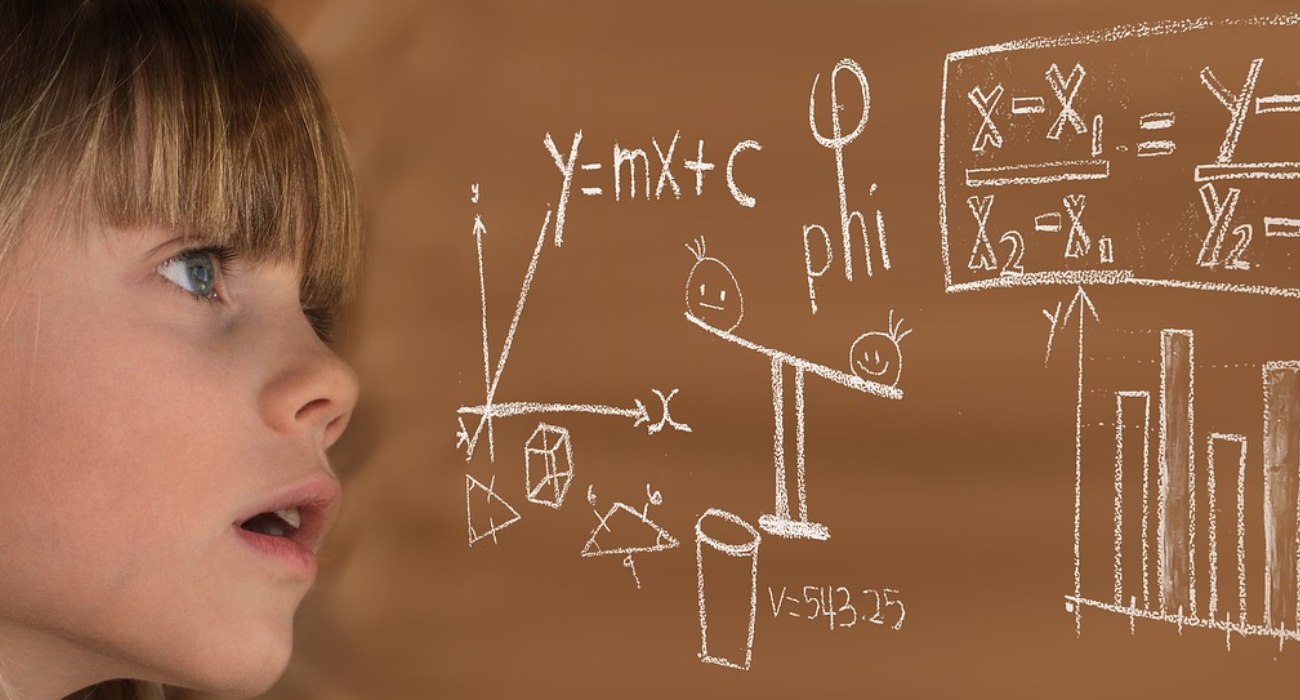In the first years of school, children achieve better results than girls in mathematics, but this gender difference disappears later, revealed this Wednesday by the United Nations Educational, Scientific and Cultural Organization (UNESCO).
The annual Global Education Monitoring report compiled primary and secondary education data from 120 countries, confirming that the gender gap in learning has closed even in the poorest countries.
You may be interested in: Apply for one of these 1,000 scholarships to enter the university the second semester
He adds that, in some nations, the trend has reversed and as an example he cites that in the eighth grade, the math gap is 7% in favor of girls in Malaysia, 3% in Cambodia, 1.4% in the Philippines.
UNESCO regrets that These advances do not prevent prejudices and stereotypes from continuing to affect learning outcomes for girls and explains that even if girls catch up in mathematics in upper primary and secondary school, boys are much more likely to be over-represented among the top performers in all countries.
For high- and middle-income countries, the study finds that secondary school girls score significantly higher in science, an advantage that, however, it is not reflected in the number of women pursuing scientific careers.
This lack of correspondence suggests that gender bias continues to be an obstacle for young women to choose the fields of science, technology, engineering and mathematics.
Reading is an area where girls outdo children, highlights the UN agency and details that the greatest difference in primary education is observed in Saudi Arabia, where 77% of fourth-grade girls reach the minimum level of reading, while only 51% of children reach that level.
In Thailand, girls outperform boys in reading by 18 percentage points, in the Dominican Republic by 11 points, and in Morocco by 10 points.
You may be interested in: The best universities in Colombia, according to the U-Sapiens 2022 ranking
UNESCO emphasizes that in nations where girls and boys have the same level of reading in the first grades, such as Lithuania and Norway, the difference in favor of girls increases to about 15 percentage points at age 15.














